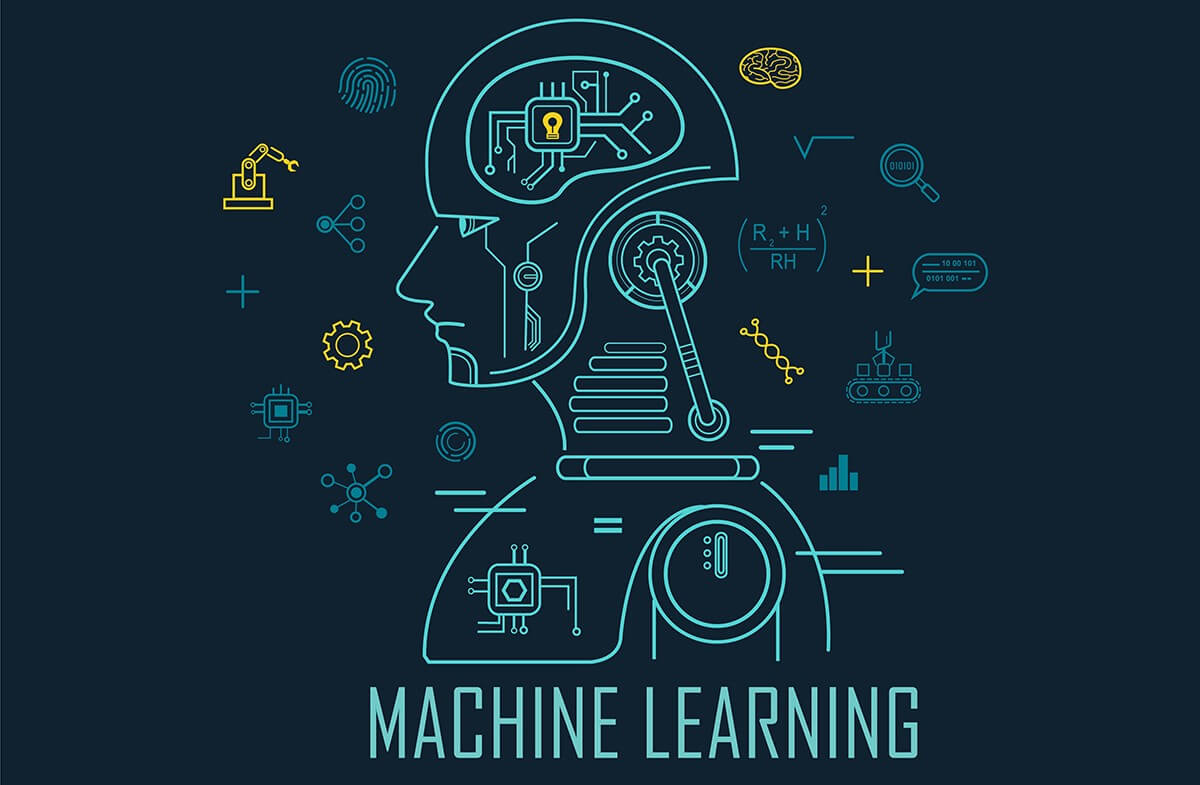How Machine Learning Can Lead to Better Product Design?
How Machine Learning can Lead to Better Product Design?
Artificial Intelligence (AI) is not a new word around the tech and business world. Over the years, AI has evolved into other more advanced, yet simplified processes such as Machine Learning (ML). Business owners and product designers have been on the lookout to best leverage the ML technology for better product designs.
However, a big question still demands an answer: How can machine learning lead to better product design? Before we look at getting an answer to this question, let us look at how machine learning has fared in recent times.
One of the most significant breaks in machine learning applications came in 2016 when Google DeepMind’s AlphaGo defeated the 18-time world Go champion Lee Sedol in Seoul, South Korea. It became apparent that through machine learning, products can be designed to perform tasks that work like the human brain, and better.
Also Read: How Machine Learning is helping business grow in market?
The recent developments indicate that the question of “if” has been answered. It’s clear to everyone and their grandmother that machine learning can lead to better product designs. That’s why machine learning design is the “buzzest” concept across the online space today.
Many businesses and companies have integrated machine learning in their customer relationship processes. Google, of course, is leading the pack although IBM has been in the AI front since the 1990s. The first AI versus human game challenge took place in 1997 when IBM’s Deep Blue computer played a game of chess with Russia’s renowned chess player, Garry Kasparov.
A further look into the online space shows that most websites use machine learning to provide an interactive interface and engagement for their visitors. With machine learning, custom writing reviews websites such as Best Writers Online make it easy for companies to compare different professional services before hiring.
Machine Learning for Product Designers –
Machine learning for designers is a subject that demands critical evaluation. The truth is that customer needs are changing, and product designers should be on top of their game to meet this growing culture change.
The goal of any product designer is to design products that have new functionalities with added benefits to their customers. It may involve creating a whole new product or modifying an existing one to meet changing customer needs.
When product development is based on machine learning, it involves applying data research on products (new and existing). It helps to enhance customer experience and engagement, and by consequence, increases a company’s revenue.
For instance, an e-commerce store can integrate machine learning to show a customer browsing a particular product what to buy alongside it. Usually, it comes in the form of “Customers Also Bought.”
There’s a wide range of applications for machine learning in various sectors.
How Machine Learning Can Lead to Better Product Design?
The core of machine learning applications is the ability of machines to detect and predict behavioral patterns when they interact with people or other devices.
It is in these two categories that we will be considering how machine learning can lead to better product designs.
1. Recognition of Text and Speech –
The fundamental way of communication is with either text or speech. Concerning interacting with machines, we’ve had a massive breakthrough in the texting part of the communication interface. Computers have been interpreting written commands for a long time now.
However, it was only very recently that we’ve had the privilege to communicate vocally with machines. We can now give spoken commands to computers, and they respond. It’s sometimes difficult to differentiate between computers and humans.
Devices such as Google Assistant, Apple Siri, and Amazon Echo, can get the computer to help us do stuff that we would have either done by ourselves or asked someone to do for us. For instance, I can talk to my television to switch channels, and it does that without me standing from the sofa or pressing a button on the remote.
In the same vein, with text recognition, the computer can identify the emotion behind your written work. As a writer, I’ve found this to be very useful. With applications like Grammarly, you can know how your text sounds before you send it out.
Products that require some level of communication with users can benefit from machine language for better delivery.
2. Image Detection –
Have you ever posted a picture on Facebook and received an accurate suggestion for tagging? This innovation was possible because of machine learning. The integration of this branch of AI makes it easy to match a face to a name on the internet.
The ability of machines to recognize images using machine language finds application across many industries. Product users can have a bespoke experience on an app with their faces locked into it. It provides a level of personal security.
Other applications include identifying vehicle registration plates, quality assurance and control, and monitoring roadside activities through correct analysis of roadside images.
3. Detection of Human Behavioral Patterns –
It’s no longer news that computers can analyze human behavior to predict what they intend or would like to do. There are different applications to this. They include:
- Body motion detection using Microsoft Kinect.
- Automatically generating football game statistics by identifying movements during the game.
- Gesture identification by the iPad Pro. That way, the device knows whether you’re using the stylus or your fingers to control it.
- Suggestions for similar products to buy based on items on your shopping cart.
This evolution can go further from simple things like knowing when you’re about to be robbed to knowing when a driver is about to sleep off on the wheel. This will improve both individual and societal safety.
In the health industry, machine learning can help to design devices that accurately detect people’s health conditions without going through rigorous tests. For instance, Target’s detection of expectant mothers can be a stepping stone to designing other detective devices.
In Japan, a research institute developed a car seat that can identify who is seated on it. If you have a car with that functionality, you can restrict access to your driver’s seat. Thus, the chances of anyone stealing your car is lower.
Although there are downsides to integrating this in the health sector, it’s a welcome development. A person’s health condition can be identified with the behavioral patterns they exhibit when they are at different health statuses.
4. Detection of Fraudulent Activities –
With cyber-attacks becoming very popular these days, the need to be proactive to avoid being a victim is high. With machine learning, it’s easy to detect fraudulent content and abusive schemes that could expose you to grave dangers.
A simple application of this is the ability of Gmail to filter spam messages from your inbox. That way, you never get to expose yourself to the phishing schemes of internet fraudsters.
Sometimes we focus on the major attacks. However, the simple SMS that redirects you to a phishing site is enough to make you vulnerable. While machine language deals with big security issues, it also takes cognizance of little security problems like unauthorized access into your inbox.
Conclusion –
I said earlier that the question of “if” has been answered. Machine learning has the potential to foster better product designs. We’ve seen examples of how the world is currently benefiting from this advanced technology. However, there’s so much more in the offering that product designers can take advantage of. The points raised in this post provide an excellent place to start.
Author Bio –
Mary Byrd is a freelance writer with a combination of analytical mind and creativity. Mary is currently working in the company Best Writers Online and does everything to climb the career ladder of the blog. Mary is one of the best specialists in her field, who is always looking for new ways to create interesting content.
Also Read: How does Machine Learning boost project delivery?





